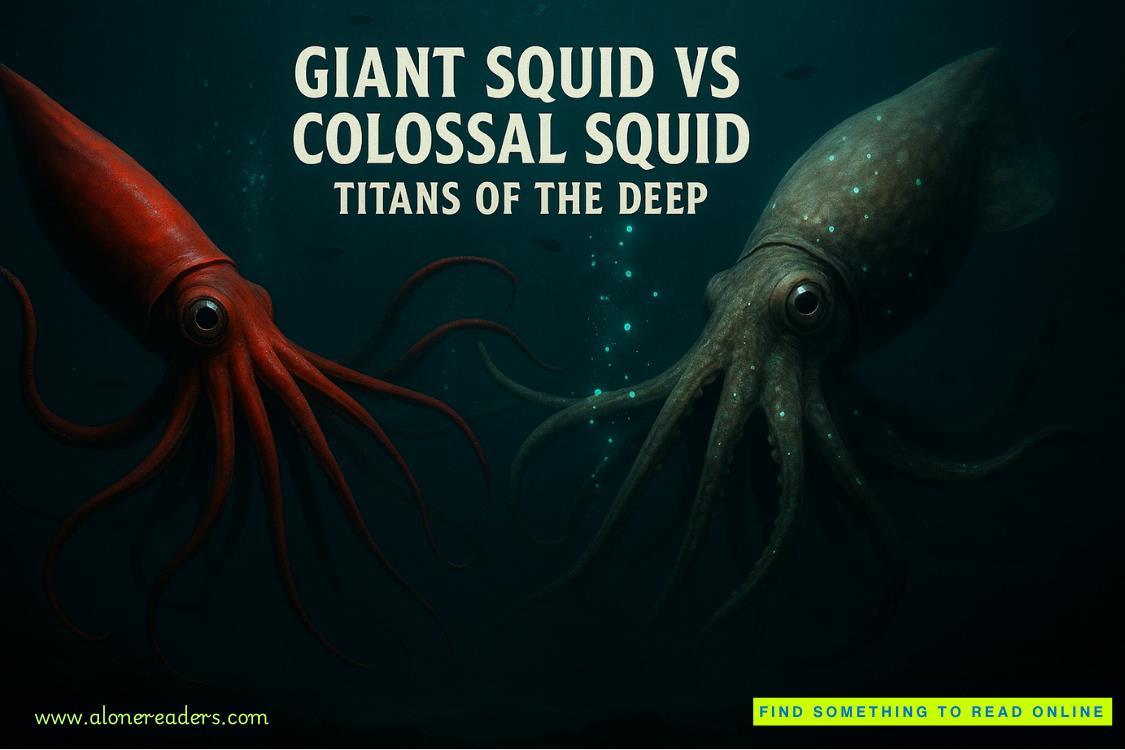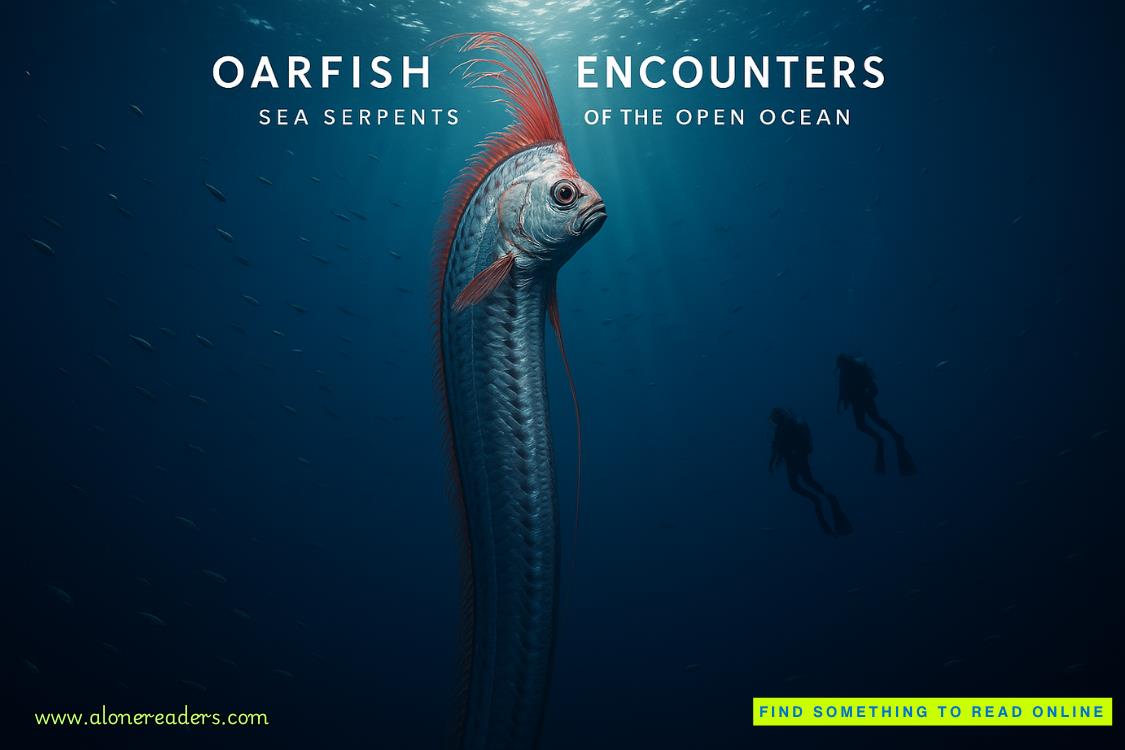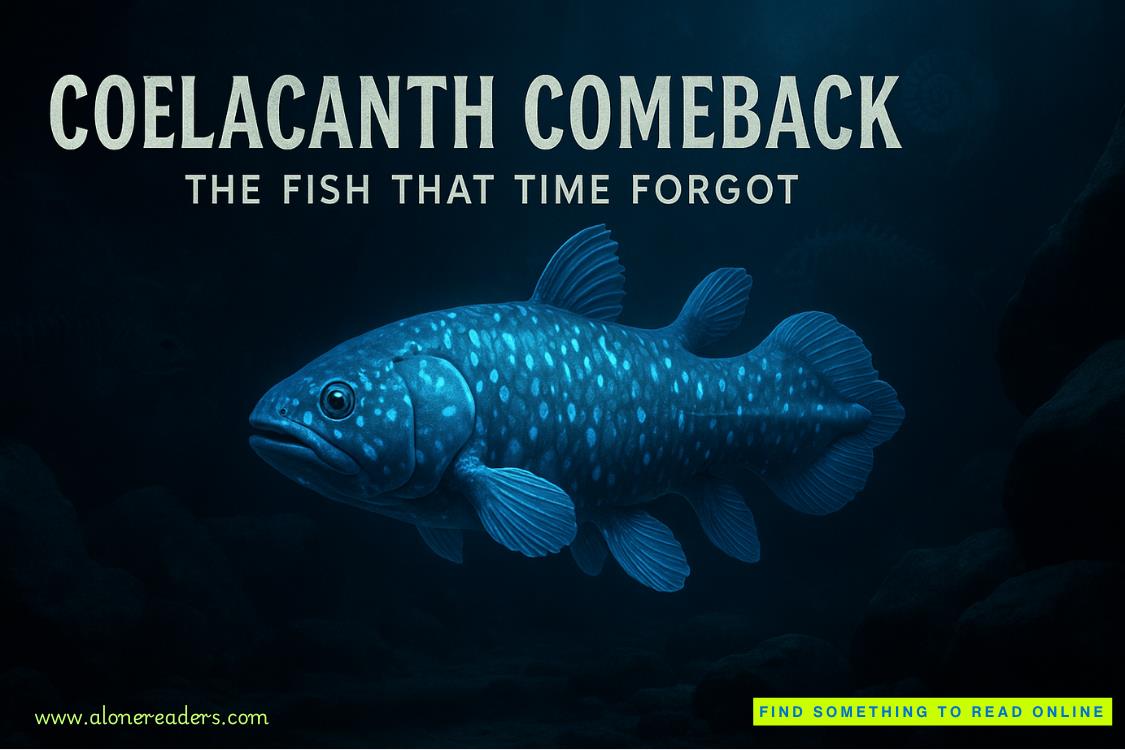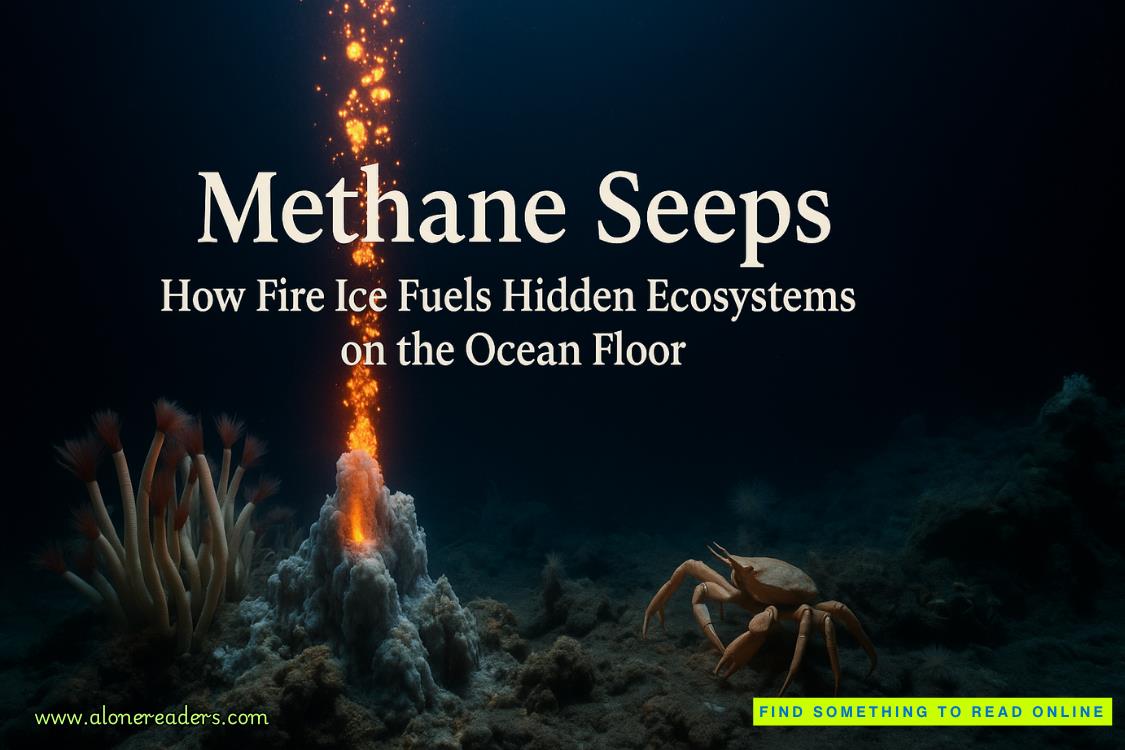Page 47 of The 6th Extinction (Sigma Force 10)
To make hard and difficult choices.
8:22 P.M.
“Dr. Cummings, I believe we should put the dog down.”
Lisa swung toward Dr. Raymond Lindahl. The director from the U.S. Army Developmental Test Command crouched in his biosafety suit before the stainless steel cage that housed the husky.
Nikko lay on his side, breathing shallowly, an IV in place. He had been given a slight sedative to keep him calm, along with antiemetics to control his vomiting and a cocktail of antivirals.
Still, the dog continued to decline.
“He’s suffering,” Lindahl said, straightening to face her. “You’ll be doing him a favor. And at his current level of infection, a necropsy would allow us to get a better understanding of the disease in these early stages. It’s a rare opportunity.”
Lisa kept her voice even, despite the anger seething inside her. “We can learn just as much by monitoring the patient’s clinical signs, to measure his responses to various therapies.”
The man rolled his eyes. “Until we better understand what we’re dealing with, any therapy is just shooting in the dark. It’s a foolish waste of resources and time.”
Lisa stepped between Lindahl and Nikko’s cage.
The director sighed. “I don’t want to have to order you, Dr. Cummings. I thought you’d listen to reason.”
“I don’t take orders from you.”
Lindahl stared her down. “I’ve been given full authority over these labs by military command. Besides, I thought you’d want to do everything humanly possible to help your brother.”
She bristled at his accusation. “There’s nothing human or humane about what you’re proposing.”
“You can’t let sentimentality cloud your professional judgment,” he argued. “Science by necessity must be dispassionate.”
“Until I’m pulled from this lab by security, I won’t let anyone harm my patient.”
The fate of Nikko was interrupted by the hiss of the air lock as it released. They both turned to find the virologist, Edmund Dent, stepping into the lab, accompanied by the team’s geneticist, Dr. Henry Jenkins, a towheaded wunderkind at the young age of twenty-five.
From Edmund’s expression behind his face shield, he had bad news. “I wanted you to hear this in person,” the virologist started. “We have the latest tests on your brother.”
Lisa felt a sinking feeling in her gut, along with a measure of release, suspecting what Edmund had come to tell her. She had been waiting all along for this other shoe to drop.
“While we’re still not finding active viremia in Josh’s blood—which is a good sign—we spun down the latest sample of his cerebrospinal fluid.”
Edmund motioned his companion to her computer station. Henry logged in and brought up Josh’s medical file. Her brother’s picture flashed up on the screen briefly, taken from his driver’s license, his face smiling and wind-burned from a recent mountaineering trip.
Her heart tightened at the sight.
It was quickly replaced with an electron micrograph.
It showed a tight cluster of virions—collected from the sediment of her brother’s CSF after it had been run through the lab’s ultracentrifuge. By now, Lisa had no trouble recognizing the characteristic shape of the enemy.
She had difficulty balancing her brother’s smiling face with the horror showing on the screen now. Tears welled up. She could not speak.
Edmund must have sensed her distress. “We think the progression of Josh’s disease has been so protracted because the virus traveled up a nerve bundle in his leg to reach his central nervous system. Similar to the pathway taken by the rabies virus. It might also explain why we still find no active viral presence in his blood and why it took so long to detect its presence.”
Henry clarified the significance. “When you amputated his leg in the field, the blood loss that followed likely washed any viral particles that had begun to establish in the limb’s circulatory and lymphatic system.”
“But not from the peripheral nerves,” Edmund added. “A few particles must have reached the tibial or perhaps the common peroneal nerve before the amputation. There it took refuge and slowly spread up to his central nervous system.”
She must have looked sickened.
Edmund touched her arm. “Still, this proves your quick actions in the field succeeded in buying your brother some valuable time.”
She knew Edmund was trying to assuage her guilt, but she knew the fundamental truth here.
I should have taken off Josh’s entire leg.
Instead, she had attempted to leave her brother with a functional knee joint, which would allow him better mobility with a prosthetic. As active as her brother was, she had wanted to give him the best chance to return to a full life.
If only I’d adhered to Lindahl’s philosophy from a moment ago . . .
Out in those fields, she had let sentimentality cloud her professional judgment. And now it might cost Josh his life.
Possibly to distract her, Edmund pointed to the computer screen. “You should know that Henry has also learned a bit more about what makes this engineered monster tick.”
Lisa fought through her despair, knowing it would do Josh no good.
Henry explained. “I’ve been working with the team’s molecular biologist to do a genetic analysis of what lies inside the virion’s synthetic capsid.”
Lisa pictured that spherical protein shell, supported by an underlayment of tough graphene fibers. At the time she had wondered what lay hidden inside that hard exterior.
“We macerated and centrifuged samples of the virus to free the nucleic acids that make up its genetic—”
Lindahl stepped forward, waving impatiently. “We don’t need to know how the sausage is made, Dr. Jenkins. We’re not first-year biology students. Just tell us what you learned.”
Edmund gave the director a scolding frown. “Henry was attempting to explain the difficulty in gaining such knowledge. It bears significance on what he’s discovered.”
“What difficulty?” Lisa asked.
Henry stared at her, looking exceptionally boyish with his thick-rimmed black eyeglasses and his towheaded smooth looks. “Our initial attempts to extract any DNA failed. In fact, using a diphenylamine indicator, we failed to detect any DNA at all. We tried other techniques, too, with no better luck.”
“What about RNA?” Lisa asked.
She knew that viruses fell into two categories: those that used deoxyribonucleic acid, DNA, as their genetic base versus those that used ribonucleic acid, RNA.















